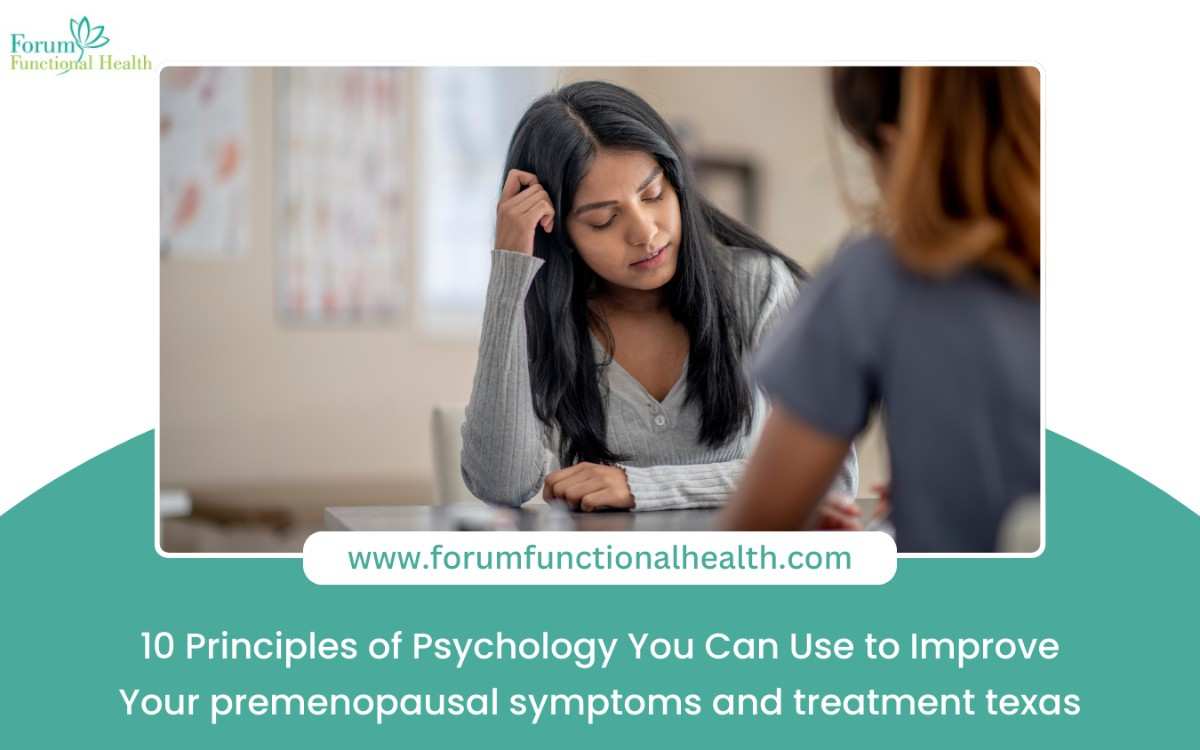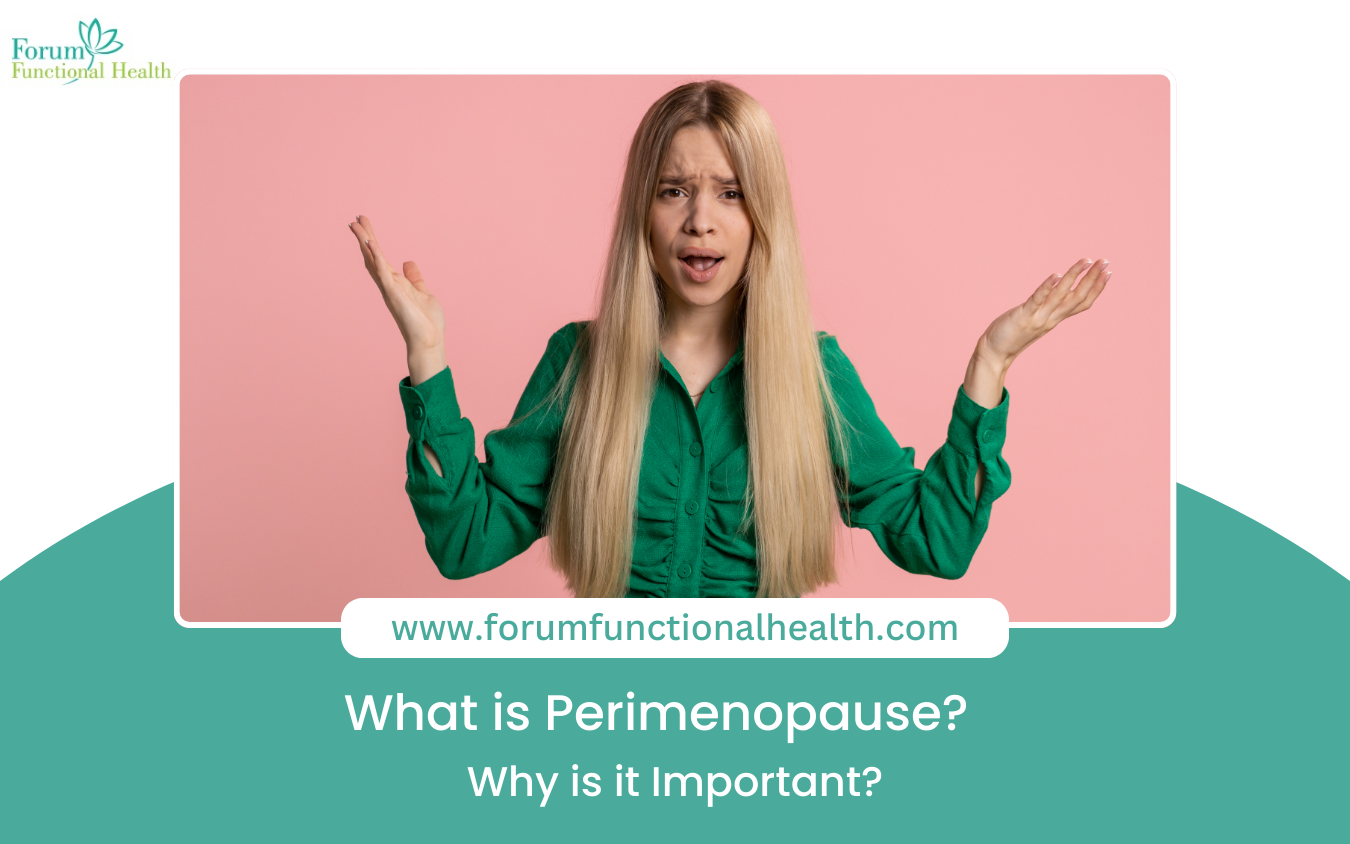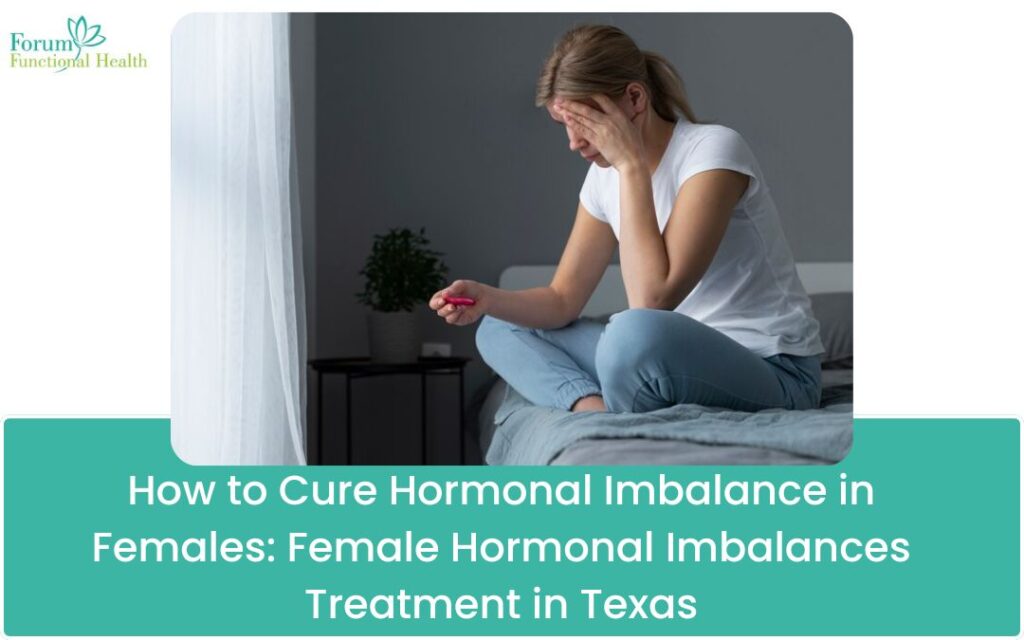10 Principles of Psychology You Can Use to Improve Your premenopausal symptoms and treatment texas

Premenopause, the transitional phase leading up to menopause, is a significant biological and psychological shift for women, typically occurring between the ages of 40 and 50. During this time, fluctuating hormone levels—particularly estrogen and progesterone—trigger a range of symptoms, including: Physical symptoms: Hot flashes, night sweats, weight gain, sleep disturbances Emotional symptoms: Mood swings, irritability, anxiety, depression […]
12 Creative Ways to Write About Hormone Replacement Therapy for Women

Hormone replacement therapy (HRT) is a transformative treatment for women experiencing hormonal imbalances, particularly during menopause. However, discussing HRT can sometimes feel technical or overwhelming. In this blog, we’ll explore 12 creative ways to write about hormone replacement therapy for women, making it relatable, engaging, and easy to understand. Whether you’re a blogger, healthcare professional, […]
Sage Advice About family medicine physician – texas From a Five-Year-Old

Family medicine physicians are the unsung heroes of healthcare, providing comprehensive care for individuals and families across Texas. But what can a five-year-old teach us about the importance of these dedicated professionals? In this blog post, we’ll explore the world of family medicine through the eyes of a child, uncovering sage advice that reminds us […]
What is Perimenopause? Why is it Important?

Perimenopause is a critical transition in a woman’s life, marking the gradual shift towards menopause. While often overlooked, understanding perimenopause is essential for managing symptoms, maintaining health, and making informed lifestyle choices. What is Perimenopause? Why is it Important? Perimenopause refers to the stage before menopause when the body begins to undergo hormonal changes. This […]
How to Know If You Need Hormonal Imbalance Treatment

Your hormones play a vital role in keeping your body balanced. From metabolism and sleep cycles to mood and reproductive health, even a slight hormonal disruption can cause various symptoms. If you’re experiencing unexpected weight changes, fatigue, or mood swings, it could be time to seek hormonal imbalance treatment in McKinney, TX. In this blog, […]
Best Hormonal Imbalance Treatment Clinics in McKinney, TX: What Every Woman Should Know

Hormonal imbalances can wreak havoc on a woman’s body, affecting everything from mood and energy levels to overall health. Fortunately, women in McKinney, TX, have access to some of the best hormonal imbalance treatments, offering specialized care to restore balance and vitality. This blog will explore the top options for hormonal imbalance treatment, including personalized […]
Feeling Dizzy? How Hormonal Imbalance Might Be the Cause and Top Treatments in Texas

Experiencing dizziness can be unsettling, leaving you questioning your health. One often-overlooked culprit behind this feeling is hormonal imbalance. If you’re in Texas and finding yourself frequently dizzy, understanding the connection to hormonal changes may help you find relief. This article delves into the relationship between hormonal imbalances and dizziness, and outlines top treatment options […]
Can Hormonal Imbalance Cause Breast Tenderness? Understanding the Symptoms and Treatments in Texas

Hormonal imbalances are a common concern for many, particularly for women. Among the symptoms associated with this condition, breast tenderness is one that can be both uncomfortable and worrying. If you’ve been experiencing this, you might wonder, “Can hormonal imbalance cause breast tenderness?” Let’s explore how hormonal fluctuations affect the body, why they might lead […]
How to Cure Hormonal Imbalance in Females: Female Hormonal Imbalances Treatment in Texas

Hormonal imbalances in females can affect various aspects of life, from mood swings and fatigue to weight gain and reproductive issues. Navigating these imbalances can be challenging, but with the right approach and support, it’s possible to restore balance and improve quality of life. In this blog post, we’ll explore effective ways to cure hormonal […]
What Causes Hormonal Imbalance in Women? Understanding the Triggers

Hormones play a crucial role in a woman’s overall health, affecting everything from mood to metabolism. When these delicate chemical messengers become unbalanced, the effects can be widespread and disruptive. Understanding the causes of hormonal imbalance in women is the first step toward finding effective treatment and restoring well-being. In this blog post, we’ll explore […]
